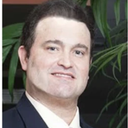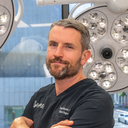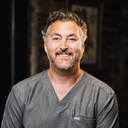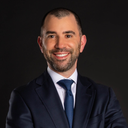Posted underBreast Fat Transfer q&a
Can a breast fat transfer be performed on a patient with breast cysts?
I have a couple of small benign cysts in my breasts (confirmed by mammogram and ultrasound). Would this influence the success of a breast fat transfer procedure?
Answers (12)
From board-certified doctors and trusted medical professionals
More Breast Fat Transfer Questions
See all Breast Fat Transfer Q&AWE SEND PRETTY
EMAILS
What’s trending? Who’s turning heads? Which TikTok myths need busting? We’ve got you. No fluff, no gatekeeping—just real talk. Get our free, unfiltered newsletter.




